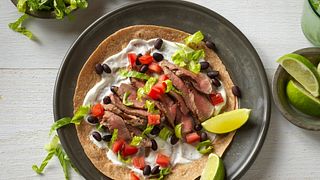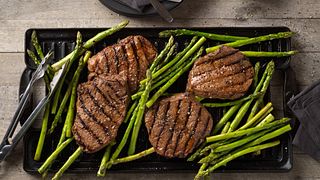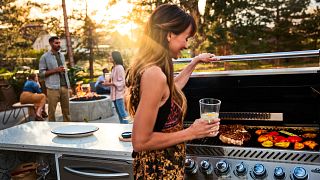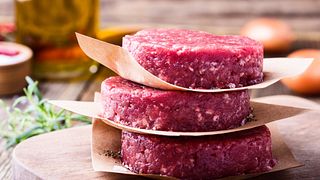Beef & Cattle Markets on the Move
Patrick Linnell, CattleFaX
Cattle and beef markets continue the march higher with the first half of 2023 nearing completion. Question regarding the economy and recessionary fears remain unanswered, including their impact on the consumer as it pertains to beef demand. Nonetheless, as cyclically tighter cattle and beef supplies continue to unfold, the effects of smaller supplies have clearly outweighed demand challenges, pressing prices higher across the supply chain. With fed cattle prices already pushing to new record highs, cattle numbers are set to continue tightening.
Cow-calf producers have been reducing inventories for years. Profitability was constrained even pre-pandemic, resulting in producers reducing herd sizes in 2019. The pandemic cattle backlog from plant shutdowns pressured prices and margins further. The severe drought that followed from 2021 to early 2023 raised feed prices and limited forage availability, causing the liquidation to continue.
As a result of the prolonged liquidation, 2023 is expected to be the fifth year of consecutively smaller U.S. calf crops. The 33.5 million head projected to be born in 2023 will be 2.8 million head or 8% smaller compared to the cyclical peak in 2018.
The years of consecutively smaller calf crops were slow to translate to reduced fed cattle and beef supplies due to the unique and unfortunate timing of the pandemic and the drought. The clearest illustration is the fact that 2022 was a record year for beef production tonnage in the United States despite the typical 1 to 2-year lag between the cow herd and fed slaughter.
Fed cattle supplies have been in a transition in 2023. Fed slaughter was down 0.4% in the first quarter (partially due to comparisons to Omicron impacts in 2022) but has been expanding the decline as second quarter fed slaughter is projected to be down 4% from year-ago levels. With a supply of feeder cattle and calves down 3% at the beginning of 2023, declines in fed cattle supplies in this range are expected to be noted through the remainder of the year.
The cure for high prices is often high prices. Higher cattle prices are increasing the ability and incentive for the cow-calf producer to re-stock and expand. Improved pasture conditions are also allowing the resources for expansion to occur in many regions of the country. But decisions made in 2023 will take several years to materialize in larger fed cattle supplies.
In the meantime, year-over-year declines in beef production are expected to continue as a trend. Fed cattle supplies are expected to be seasonally larger in the summer months before declining into the fourth quarter. However, in terms of beef production, carcass weights will be a partially offsetting factor deeper into the second half of the year as higher prices incentivize feeding to heavier endpoints.
As supplies continue to tighten, higher prices will remain the trend across the supply chain. Through early June, the USDA Choice boxed beef cutout has averaged 8% higher year to date at $290/cwt. Year to date, fed steer prices have averaged 20% higher at $168/cwt. Conversely, the USDA all-fresh retail beef price has averaged 1% lower year to date at $7.24/lb. through the latest data available through April. Retail prices are likely to move higher now as the reduced supplies become more evident at the consumer level. The question will be how much as economic pressures on the consumer remain and competing protein supplies remain more adequate.






